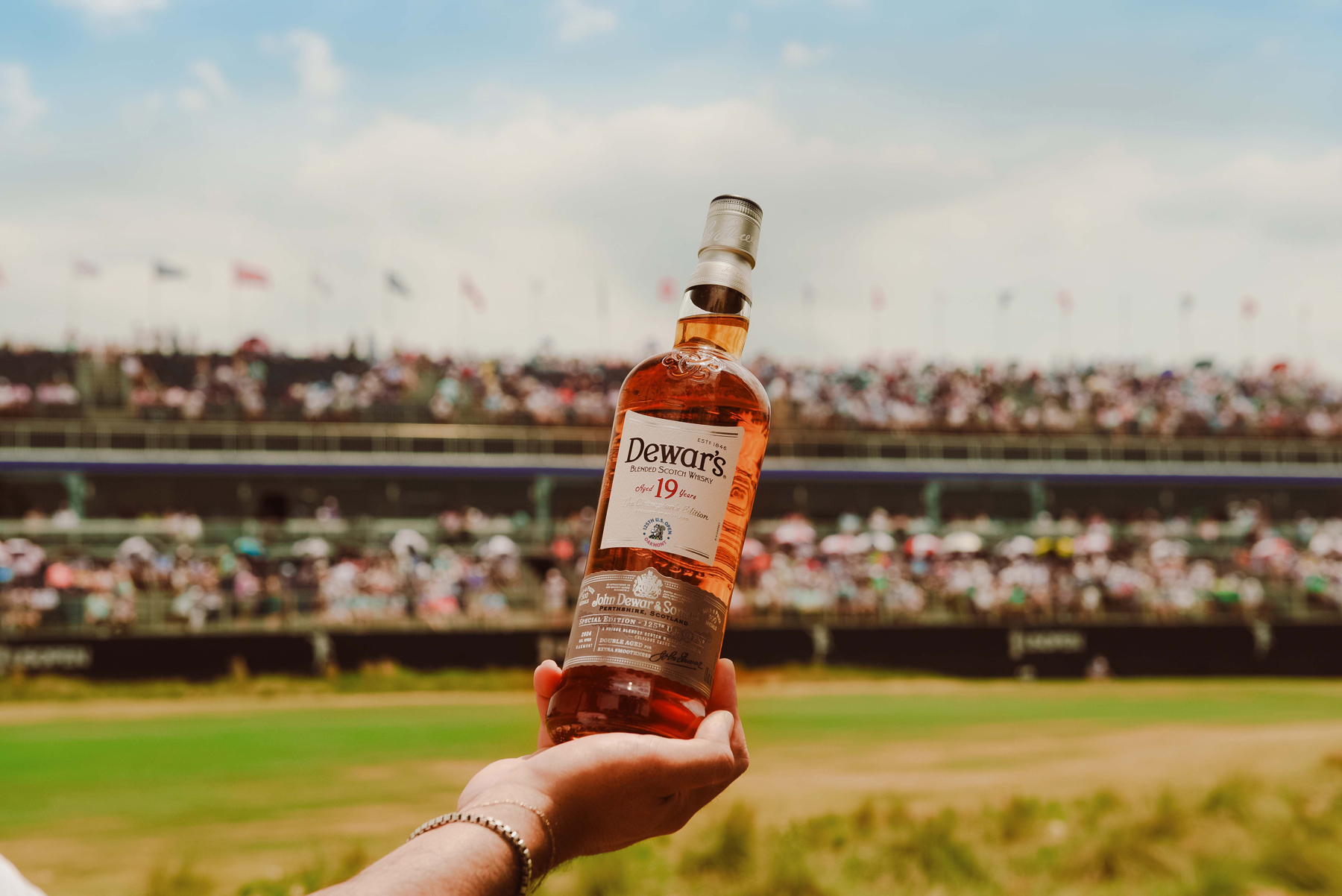
While rum is the spirit most associated with tropical “tiki” drinks, Scotch has a lot to offer the genre. Scotch’s scarcity among the early canon of sunset-hued cocktails, first popularized in the 1930s, is due more to its post-Prohibition regard as a spirit of status than to any failing as a fine complement to fruit or Polynesian flavors. In fact, Scotch whiskey is so ideal as a foundation for palm-inspired coolers that Trader Vic himself used Dewar’s 12-year-old as the premiere ingredient in the signature cocktail of his restaurant’s London location when it opened in 1963. As one of the founders of modern tiki culture, Trader Vic knew that Scotch wasn’t just a fine partner for tropical cocktails, it was an elevation. Here, then, are several elevated takes on classics enjoyed wherever warm tradewinds are felt, even if only in the heart
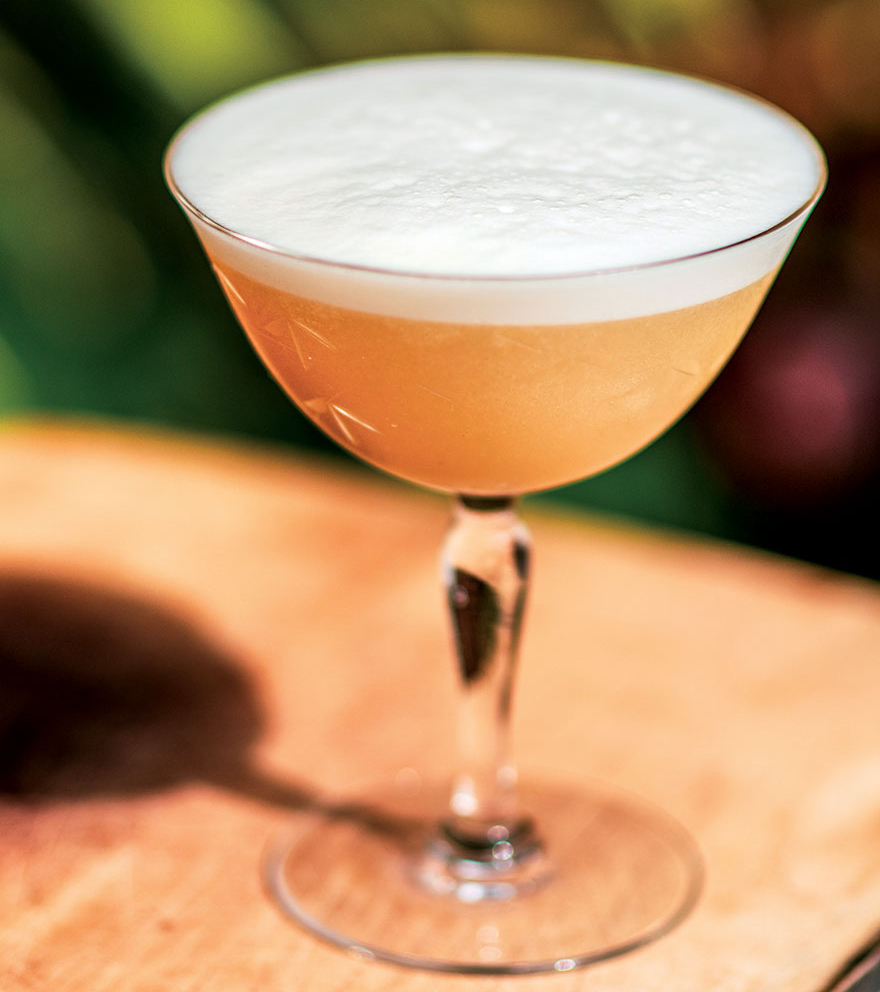
Appearing in 1930, the original Blood & Sand cocktail was named for Rudolph Valentino’s bullfighting film of the same name and utilized blood orange juice, Cherry Heering, Vermouth and Scotch. Our take swaps out the Heering for Creme de Cassis (we like Lejay’s, produced in France since 1841) and allows for standard OJ because the blood orange variety isn’t always in great supply.
Shake all ingredients in an ice-filled shaker and strain into chilled coupe glass.
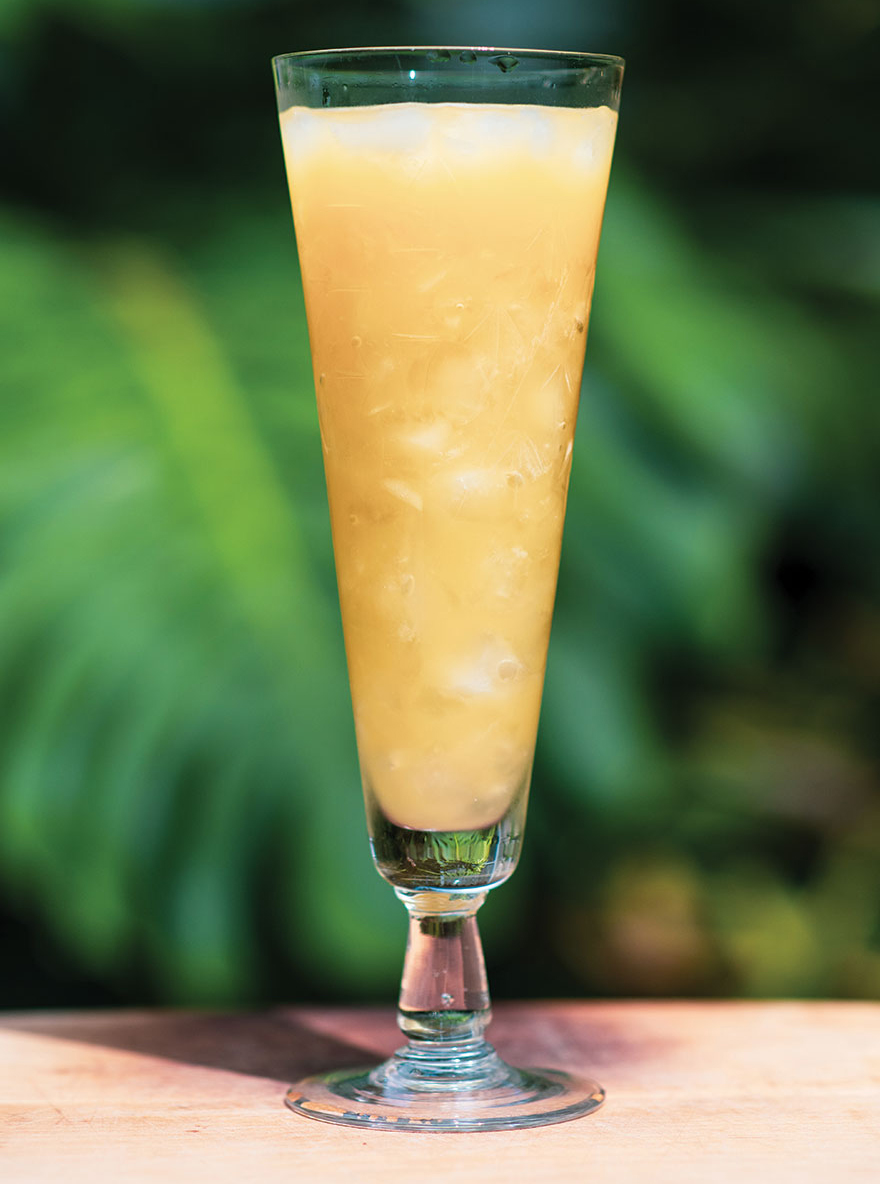
There are two men who claim to have invented the Mai Tai: Donn Beach of “Don the Beachcomber” fame and Victor “Trader Vic” Jules Bergernon, Jr. Both brought tiki culture and tiki drinks to the mainstream, and the latter launched a global chain of Polynesian-themed restaurants that endures today, operating in locations as far afield as Bavaria, Germany; Bahrain; the Seychelles; and at the London Hilton on Park Lane, for which the following cocktail was created.
Shake all ingredients in an ice-filled shaker and strain into an ice-filled Collins glass
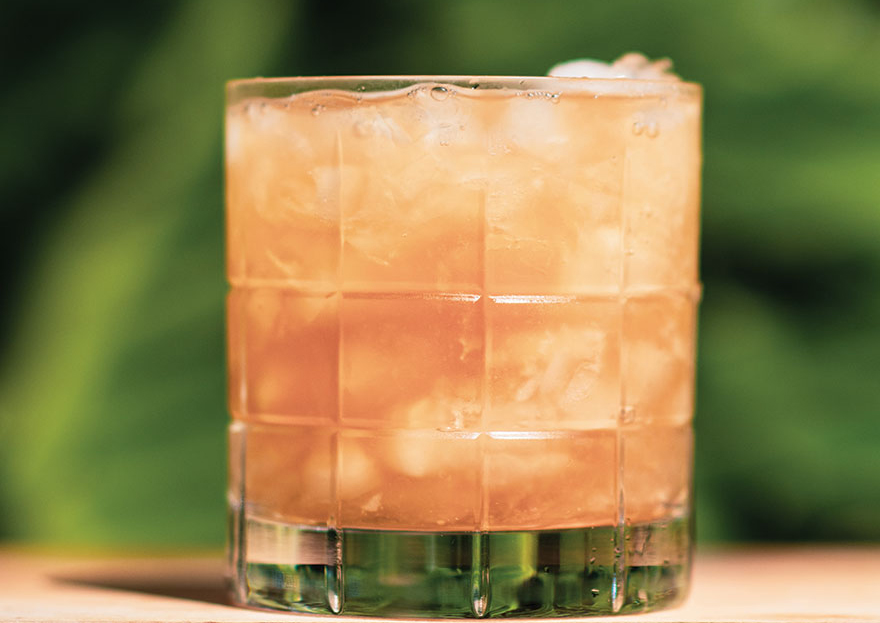
One of the hotspots of 1930s Los Angeles, the Cocoanut Grove nightclub at the Ambassador Hotel was famous for a number of reasons, including its libations. In 1962, the Grove started serving its Cocoanut Grove Cooler, a Scotch-based concoction from award-winning bartender Tom Strenger, and the drink quickly caught on. Our version is a simplified take on the original, more conducive to home bartending (and to home bar ingredients). Nonetheless, it is a lovely way to beat the heat, and yet another example of how Scotch is comfortable among the palms.
Add all ingredients to an ice-filled shaker and shake, strain into rocks glass (or tiki mug of choice)
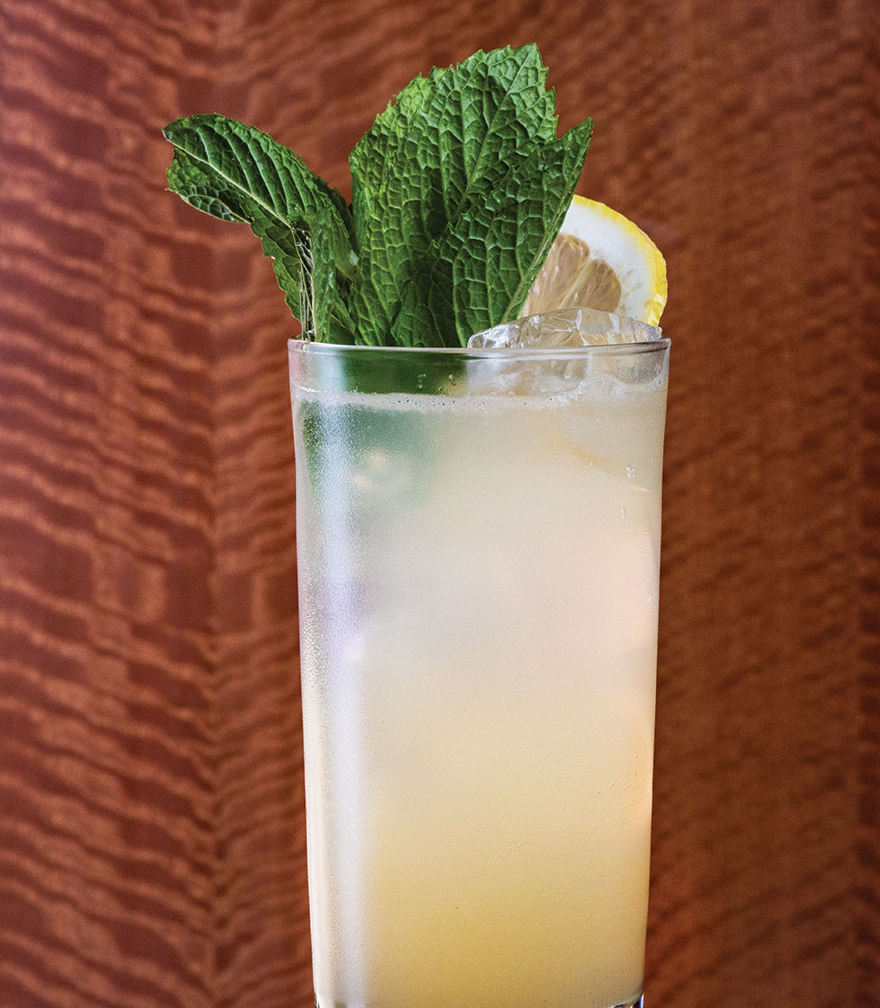
Tommy Dewar invented the Highball in 1892. More recently, his family’s distillery in Scotland gave it an inspired twist by introducing Dewar’s Caribbean Smooth, a blend of up to 40 single malts and grain whiskies that lay in casks for at least 8 years. Double-aged and finished in a Caribbean rum cask, this is the perfect—and one of the easiest—ways to take a tropical vacation in your backyard.
Combine ingredients in a shaker and then pour over ice in a Collins glass
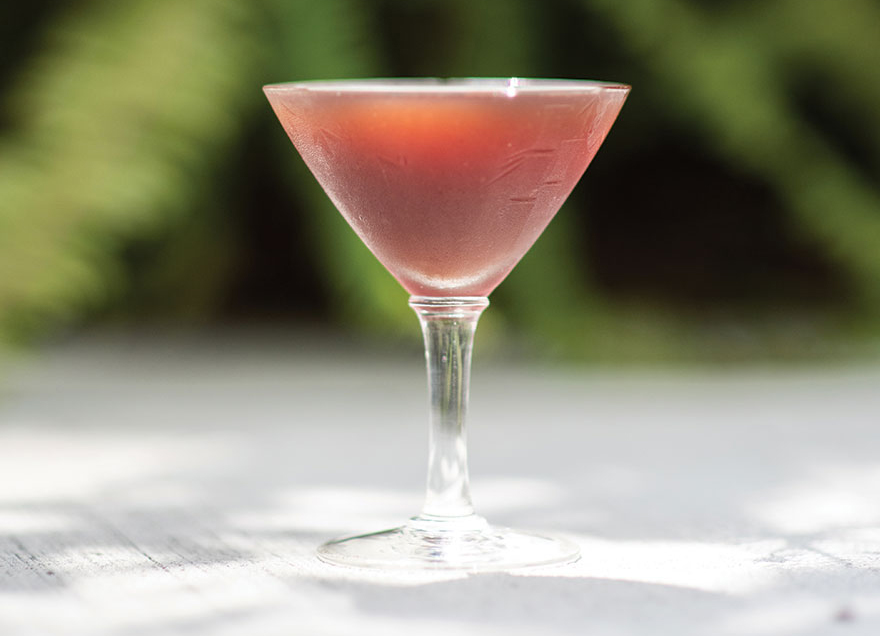
Trader Vic himself created the Starboard Light and Port Light cocktails, the former featuring Scotch and the latter bourbon. Referencing the nautical terms for right and left, originally the mostly-red drinks were served in “starboard” green and “port” red glasses, but we were content with a chilled vintage bamboo coupe glass, which showcases the foam from the egg white.
Shake all ingredients (see below: “Reverse Dry Shake”) over ice and strain into a chilled coupe.
“Reverse Dry Shake”
Egg white cocktails, such as the Ramos Gin Fizz, depend on a proper egg white foam; here’s how to get it.
Rather than shaking all ingredients over ice for an extended period, which breaks down the egg proteins and creates foam but which can dilute the cocktail and yield a watery result once strained into the glass, try this: Shake all ingredients in an ice-filled shaker for only 20 seconds or so, then strain into a chilled shaker that contains no ice and shake vigorously for an additional 15-20 seconds. From there, pour (no straining necessary) the cocktail into a glass and serve. The foam will be bigger, stronger, and much more pleasant.
Follow Us On


| Cookie | Duration | Description |
|---|---|---|
| cookielawinfo-checkbox-analytics | 11 months | This cookie is set by GDPR Cookie Consent plugin. The cookie is used to store the user consent for the cookies in the category "Analytics". |
| cookielawinfo-checkbox-functional | 11 months | The cookie is set by GDPR cookie consent to record the user consent for the cookies in the category "Functional". |
| cookielawinfo-checkbox-necessary | 11 months | This cookie is set by GDPR Cookie Consent plugin. The cookies is used to store the user consent for the cookies in the category "Necessary". |
| cookielawinfo-checkbox-others | 11 months | This cookie is set by GDPR Cookie Consent plugin. The cookie is used to store the user consent for the cookies in the category "Other. |
| cookielawinfo-checkbox-performance | 11 months | This cookie is set by GDPR Cookie Consent plugin. The cookie is used to store the user consent for the cookies in the category "Performance". |
| viewed_cookie_policy | 11 months | The cookie is set by the GDPR Cookie Consent plugin and is used to store whether or not user has consented to the use of cookies. It does not store any personal data. |